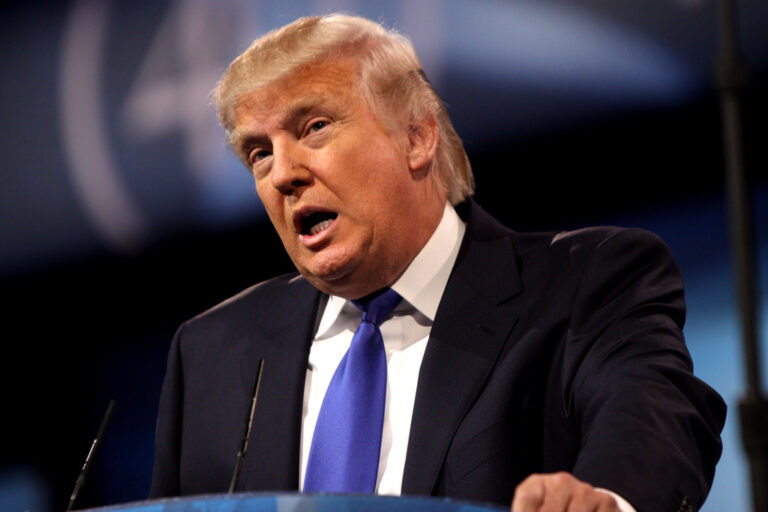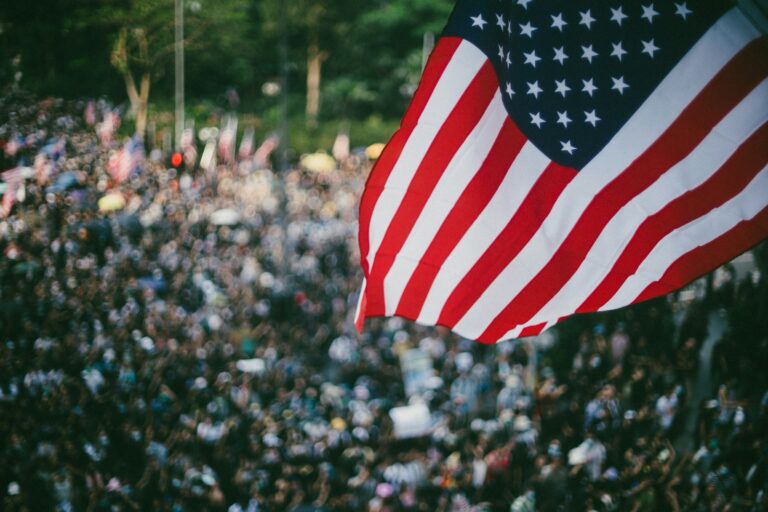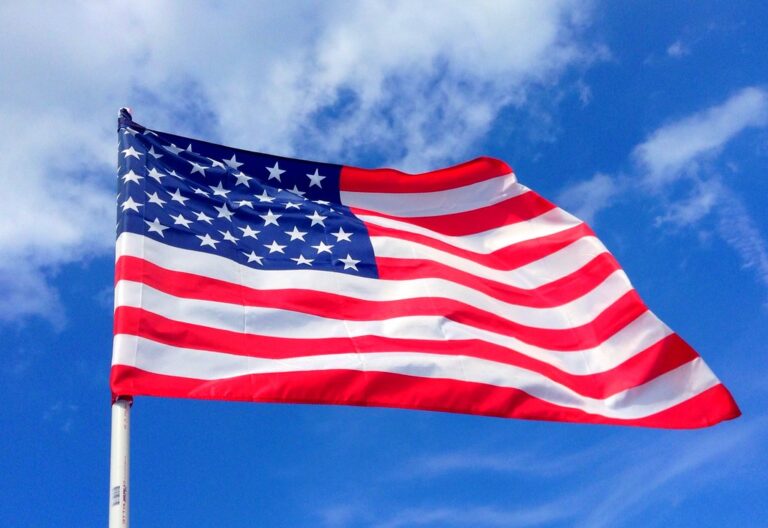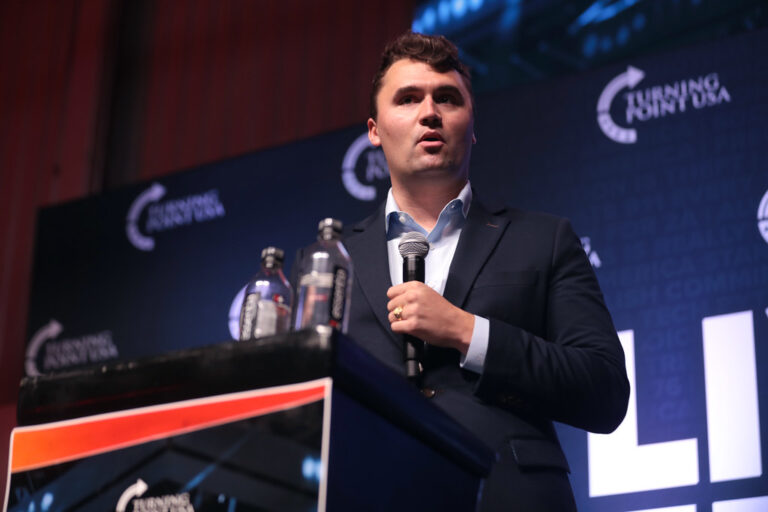Key Takeaways:
- TikTok’s U.S. version may lease its algorithm from Chinese owner ByteDance.
- A 2024 law requires TikTok to be controlled by Americans or face a nationwide ban.
- Full ownership of the algorithm may not be required under this new deal.
- The proposed lease could help TikTok stay in the U.S. without selling key assets.
What’s Happening With TikTok’s Algorithm?
TikTok, the app famous for viral dances and life hacks, could stay active in the U.S. longer than expected. A new proposal suggests a clever workaround: instead of selling its powerful algorithm, ByteDance—the Chinese company that owns TikTok—might rent it to a U.S.-based version of the app.
This idea comes just in time. A U.S. law passed in 2024 demands that TikTok be under American control, or else face a total ban across the country. While it once looked like ByteDance might have to sell off the entire algorithm used to power TikTok videos, this new option to lease it changes the game.
Understanding the TikTok Algorithm Issue
The TikTok algorithm is the secret sauce behind the app. It’s what makes your “For You” page feel like it reads your mind. The algorithm tracks what you watch, like, and share, then shows you more videos based on your interests.
This feature is so advanced and personalized that users often become glued to their screens. But here’s the twist: since the algorithm belongs to ByteDance, U.S. lawmakers are concerned it could be used to collect data or push content that serves China’s interests. That’s why the U.S. government created a law demanding American control of TikTok.
Until now, it looked like ByteDance might be forced to sell the algorithm entirely. But this new offer to lease the TikTok algorithm means ByteDance keeps ownership while the U.S. runs daily operations.
Why Lease Instead of Sell?
Selling would mean ByteDance loses control of one of its most valuable tools. Leasing allows the company to stay profitable and still meet U.S. demands. It’s like renting your Netflix account to someone—you still own it, but someone else gets to use it under certain rules.
By leasing the TikTok algorithm, ByteDance keeps its tech and the U.S. gets more control over how it’s used within its borders. Both sides win, at least for now.
How the Lease Would Work
A new U.S.-based company—created just for TikTok—would manage the platform in America. This company would not own the TikTok algorithm, but it would rent the rights to use it.
Here’s what that could look like:
- ByteDance gives access to the algorithm under strict legal terms.
- The U.S. handles content moderation and user data locally.
- Data from American users must stay on American servers.
- A watchdog group could monitor operations for extra security.
This setup could check all the legal boxes required by the U.S. government, all while avoiding a messy sale that would take years to finish.
Challenges Still Remain
While this plan sounds like a strong solution, there are still some roadblocks. Critics might argue that no matter who uses the TikTok algorithm, ByteDance still holds the strings. That raises questions about trust and transparency.
On top of that, the idea would need to pass legal reviews and gain approval from multiple government agencies. Some lawmakers may push for a full sale anyway, especially those highly concerned about digital privacy and national security.
Also, China has its own laws to worry about. In 2020, China banned the sale of certain artificial intelligence (AI) technologies to foreign countries without government approval. That makes selling the TikTok algorithm even harder. A lease might be the only real option left.
What This Means for TikTok Users
For the average TikTok fan, very little may change—at least on the surface. Your feed will likely look the same. Your favorite creators won’t vanish overnight. But behind the scenes, U.S. officials hope they’ll gain stronger control over how TikTok runs in America.
That could mean better data protection, less foreign influence, and clearer rules about content and moderation. That’s good news for users who worry about privacy and censorship.
Why the TikTok Algorithm is So Important
The algorithm is more than just a code. It’s what gives TikTok its superpower. Companies spend years and millions of dollars building this kind of technology.
Losing the TikTok algorithm would be like losing the engine of a sports car—it just wouldn’t run the same. That’s why ByteDance is fighting hard to hold on to it, even if just through a lease.
From a business point of view, this move helps ByteDance protect its most valued asset without totally pulling the plug on TikTok in the U.S.
The Bigger Picture: U.S.-China Tech Tensions
This latest TikTok news is just one part of a larger tech turf war between the U.S. and China. Both sides are racing to lead in AI, data, and digital power. The battle over the TikTok algorithm shows how high the stakes are.
Governments now treat apps like TikTok not just as entertainment, but as tools that could sway opinions and collect personal data. That’s why the fight over algorithm control is so intense.
More Tech Giants Are Watching
Other tech companies are closely watching how this TikTok story unfolds. If a lease agreement works, it might set a new model for how foreign companies operate in the U.S. under tight regulations.
On the flip side, if the lease deal collapses, it could lead to even stronger actions—like bans or more laws limiting foreign tech.
What’s Next for TikTok?
Right now, the proposal is not signed or final. It’s still being worked on behind closed doors. Key lawmakers and tech experts will continue to debate whether leasing the TikTok algorithm is a safe and smart idea.
Expect more public statements, court challenges, and maybe even protests from users. No matter what happens, the outcome will set a big precedent that could shape how digital companies operate across borders for years to come.
In the meantime, TikTok continues to run, post, and trend as usual—with millions of users watching closely.
FAQs
Why is the TikTok algorithm so important?
The TikTok algorithm decides which videos you see. It keeps users hooked and drives the app’s popularity, making it a valuable tool.
Can TikTok really stay in the U.S. without selling the algorithm?
Yes, if the U.S. approves the lease plan. That would give Americans control over usage without ByteDance losing ownership.
Will regular TikTok users see any changes?
Most users won’t notice changes. The feed, features, and content may stay the same, but privacy rules might become stricter.
What happens if the U.S. rejects the lease deal?
If the plan fails and TikTok doesn’t meet U.S. rules by the deadline, it could face a nationwide ban.










